-
Our ProductsLoansCardsInsuranceInvestmentsStock MarketElectronics MallCIBIL ScoreKnowledge CentreAcademyCalculators
- Our Services
- My Account
- Discover
Extraordinary General Meeting (EGM)
An Extraordinary General Meeting (EGM) is a shareholder meeting convened outside the regular Annual General Meeting (AGM) schedule. It is held to address urgent or significant matters that require shareholder approval and cannot be deferred until the next AGM. EGMs play an important role in ensuring timely decision-making and maintaining corporate governance.
What Is an Extraordinary General Meeting
An EGM is a formal gathering of shareholders, called to deliberate and vote on critical business decisions that arise unexpectedly. These meetings are essential when pressing issues—such as mergers or changes in leadership—demand immediate attention.
Why are Extraordinary General Meetings Held
Extraordinary General Meetings (EGMs) are convened to address critical matters that cannot be delayed until the next Annual General Meeting (AGM). These meetings ensure timely decision-making and shareholder involvement in major corporate actions.
Common reasons for calling an EGM include:
Mergers and acquisitions
To seek shareholder approval for major consolidation moves, acquisitions, or takeovers that could alter the company’s ownership or strategy.
Changes in capital structure (e.g., bonus issue, buyback)
For actions such as issuing new shares, rights issues, stock splits, buybacks, or converting debt into equity.
Amendments to the Articles of Association
Any changes to the company’s governing rules—like voting rights, share transferability, or board structure—must be ratified by shareholders.
Removal or appointment of directors
Shareholder consensus may be required for significant changes in leadership, especially if linked to performance, conflict, or succession planning.
Litigation or regulatory responses
To respond to serious legal challenges, government interventions, or statutory compliance that affects the company’s functioning.
Emergency financial decisions
Includes raising urgent capital, restructuring debt, or approving interim dividends or large capital expenditures.
Voluntary winding up or liquidation
When a company decides to cease operations and liquidate assets, shareholder approval must be obtained through an EGM.
Shifting of registered office between states
Such relocation requires a special resolution approved by shareholders in an EGM, as it can have legal and operational implications.
These scenarios typically require swift action and shareholder consent, making EGMs essential for effective corporate governance.
Procedure for Holding Extraordinary General Meetings
The general steps involved in holding an EGM are:
Notice Issuance: A written notice stating the date, time, venue (or virtual platform), and agenda must be circulated.
Notice Period: Typically 21 clear days, though this may vary by jurisdiction.
Quorum Requirements: Minimum number of shareholders (as per company law or AoA) must be present to proceed.
Agenda Circulation: Only the listed items can be discussed.
Passing Resolutions: Decisions are made through ordinary or special resolutions based on the nature of the agenda.
Recording Minutes: All discussions and decisions must be documented.
Calling an EGM
An EGM can be convened by:
Board of Directors: Often initiate the process for business-critical issues.
Shareholders: Holding a prescribed percentage (e.g., 10%) of voting rights can requisition an EGM.
Tribunal or Court: In certain cases where shareholder rights are compromised or management is uncooperative.
Example of an Extraordinary General Meeting
Scenario: A listed company is approached with a takeover bid. The board considers the offer material and time-sensitive. An EGM is called to seek shareholder approval for the deal.
Agenda Items:
Approval of takeover
Changes to board structure post-merger
Revised shareholding terms
Extraordinary General Meeting vs Annual General Meeting
Here’s how an Extraordinary General Meeting (EGM) differs from an Annual General Meeting (AGM):
| Feature | EGM | AGM |
|---|---|---|
| Purpose |
Urgent/specific matters |
Routine annual matters |
| Timing |
As needed |
Once per financial year |
| Notice Period |
Usually 21 days |
Usually 21–28 days |
| Agenda Flexibility |
Fixed (cannot add new topics) |
Broader scope |
| Authority to Call |
Board, shareholders, tribunal |
Board of directors |
| Examples |
Mergers, director removal |
Financial reporting, dividends |
Conclusion
Extraordinary General Meetings are vital instruments for corporate agility. They ensure that time-sensitive matters receive due shareholder attention, preserving transparency and governance when urgent decisions must be made outside the annual cycle.
Disclaimer
This content is for informational purposes only and the same should not be construed as investment advice. Bajaj Finserv Direct Limited shall not be liable or responsible for any investment decision that you may take based on this content.
FAQs
Who can call an Extraordinary General Meeting?
The board of directors, shareholders holding a prescribed voting percentage, or a tribunal (in some cases).
What is the minimum notice required for calling an EGM?
Usually 21 clear days, though companies can set different durations based on their Articles of Association and local laws.
What constitutes quorum for an EGM?
Generally, two members (personally or by proxy), unless the company’s constitution specifies otherwise.
What matters are typically discussed at an EGM?
EGMs focus on urgent issues such as mergers, executive changes, share buybacks, or amendments to the company’s constitution.
Can EGMs be held via video conferencing?
Yes, many jurisdictions now allow virtual EGMs, subject to compliance with applicable legal and regulatory requirements.
With a Postgraduate degree in Global Financial Markets from the Bombay Stock Exchange Institute, Nupur has over 8 years of experience in the financial markets, specializing in investments, stock market operations, and project management. She has contributed to process improvements, cross-functional initiatives & content development across investment products. She bridges investment strategy with execution, blending content insight, operational efficiency, and collaborative execution to deliver impactful outcomes.
Related Blogs

Anshika

Roshani Ballal
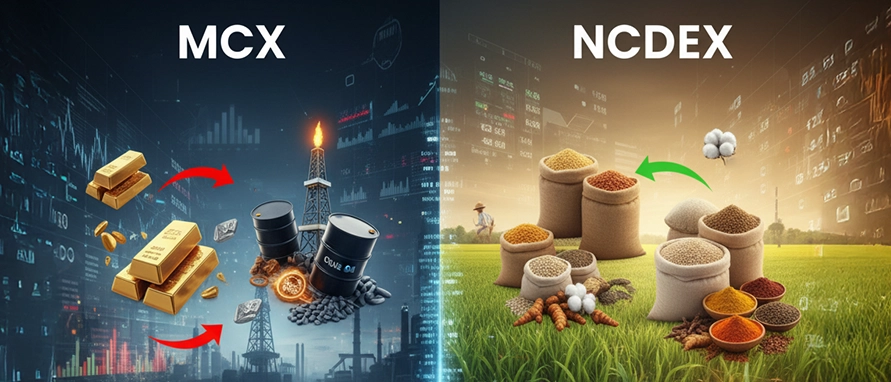
Nupur Wankhede

Anshika

Roshani Ballal

Geetanjali Lachke

Roshani Ballal

Geetanjali Lachke

Geetanjali Lachke

Nupur Wankhede

Roshani Ballal

Roshani Ballal

Roshani Ballal

Nupur Wankhede

Anshika

Anshika

Nupur Wankhede

Nupur Wankhede

Nupur Wankhede

Anshika

Nupur Wankhede

Anshika

Geetanjali Lachke

Roshani Ballal

Anshika

Anshika
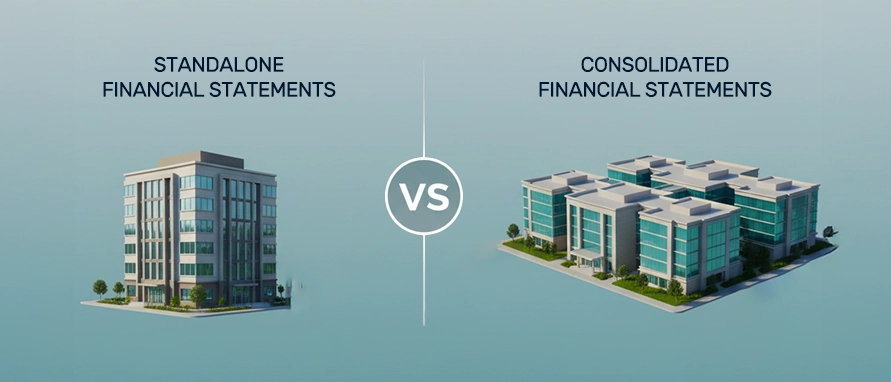
Nupur Wankhede

Anshika

Nupur Wankhede
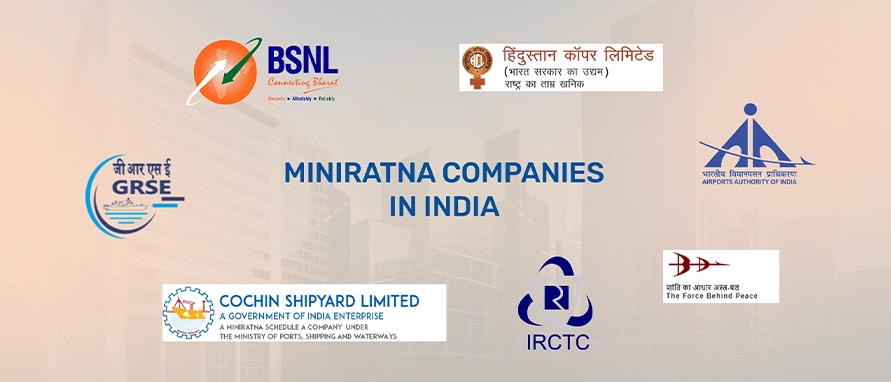
Nupur Wankhede

Geetanjali Lachke

Roshani Ballal

Roshani Ballal

Geetanjali Lachke

Nupur Wankhede

Anshika

Nupur Wankhede

Nupur Wankhede

Nupur Wankhede

Nupur Wankhede

Nupur Wankhede

Nupur Wankhede

Nupur Wankhede

Geetanjali Lachke

Geetanjali Lachke

Roshani Ballal

Nupur Wankhede

Anshika

Anshika

Nupur Wankhede

Nupur Wankhede

Nupur Wankhede

Nupur Wankhede

Nupur Wankhede

Nupur Wankhede

Nupur Wankhede

Nupur Wankhede

Nupur Wankhede

Nupur Wankhede

Nupur Wankhede

Nupur Wankhede

Roshani Ballal

Anshika

Nupur Wankhede

Geetanjali Lachke

Nupur Wankhede

Nupur Wankhede

Anshika

Anshika

Nupur Wankhede

Anshika

Anshika

Nupur Wankhede
.webp)
Nupur Wankhede

Nupur Wankhede

Nupur Wankhede

Nupur Wankhede

Nupur Wankhede
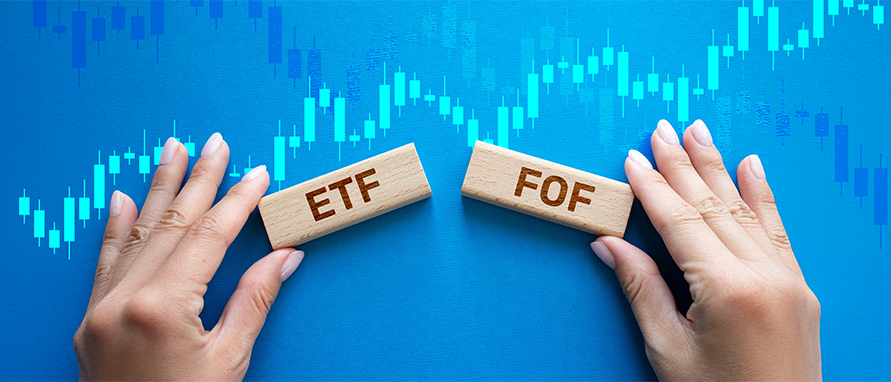
Nupur Wankhede

Nupur Wankhede
.webp)
Nupur Wankhede

Nupur Wankhede

Nupur Wankhede

Nupur Wankhede
-in-India.webp)
Nupur Wankhede

Nupur Wankhede

Nupur Wankhede

Anshika

Nupur Wankhede

Nupur Wankhede

Anshika

Anshika

Nupur Wankhede

Nupur Wankhede

Nupur Wankhede

Nupur Wankhede

Nupur Wankhede

Nupur Wankhede

Nupur Wankhede

Nupur Wankhede

Nupur Wankhede

Nupur Wankhede

Anshika

Nupur Wankhede

Nupur Wankhede

Nupur Wankhede

Nupur Wankhede

Anshika

Nupur Wankhede

Nupur Wankhede
-Meaning-Importance.webp)
Nupur Wankhede

Anshika

Nupur Wankhede
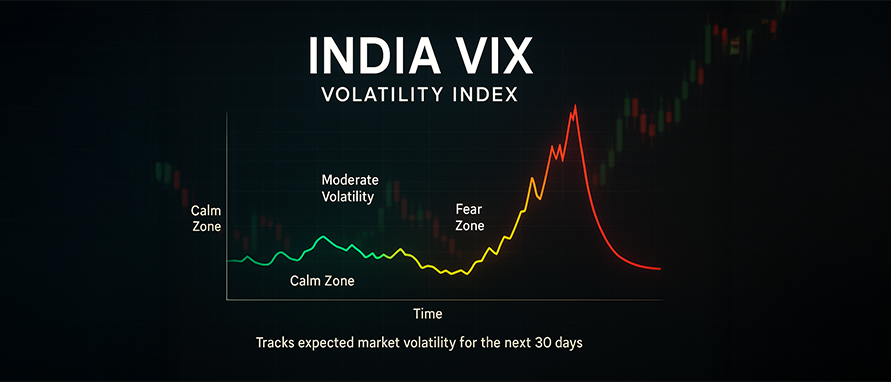
Nupur Wankhede

Nupur Wankhede

Anshika

Nupur Wankhede

Nupur Wankhede

Nupur Wankhede

Geetanjali Lachke

Geetanjali Lachke

Geetanjali Lachke

Anshika

Anshika

Nupur Wankhede

Nupur Wankhede
-portfolio.webp)
Nupur Wankhede

Anshika

Geetanjali Lachke

Geetanjali Lachke

Geetanjali Lachke

Geetanjali Lachke

Geetanjali Lachke

Roshani Ballal

Geetanjali Lachke

Geetanjali Lachke

Geetanjali Lachke

Roshani Ballal

Roshani Ballal

Geetanjali Lachke

Roshani Ballal

Roshani Ballal

Roshani Ballal

Roshani Ballal

Roshani Ballal

Roshani Ballal








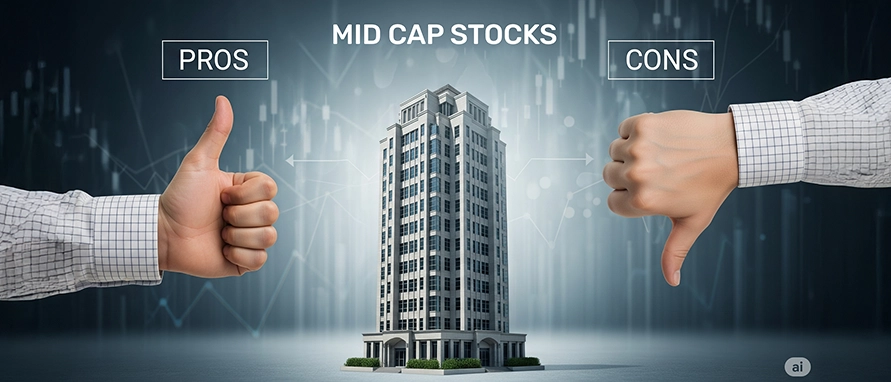






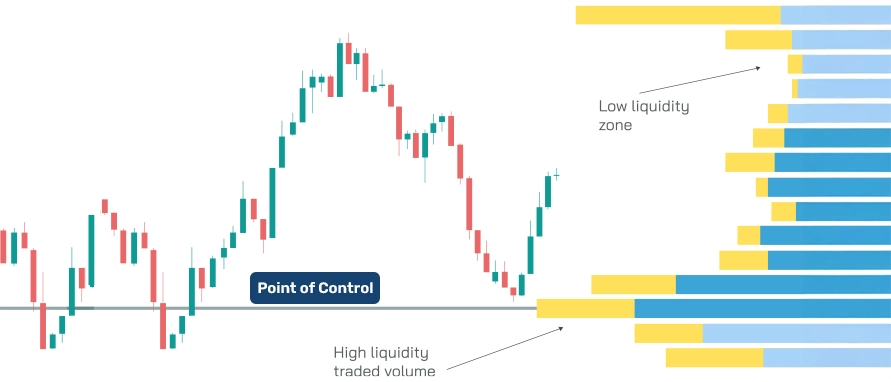
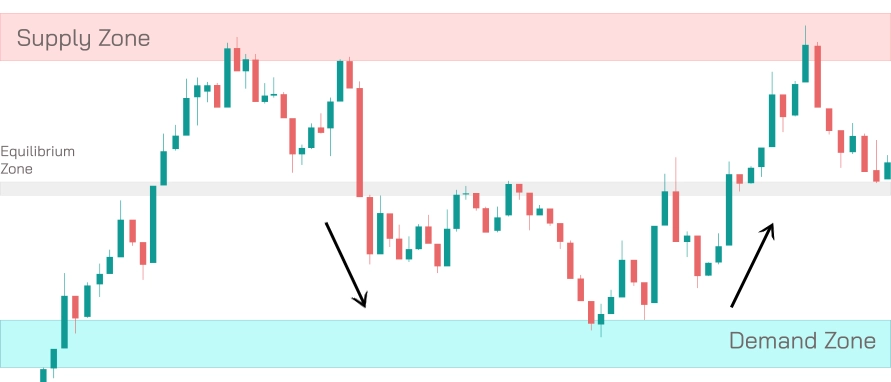

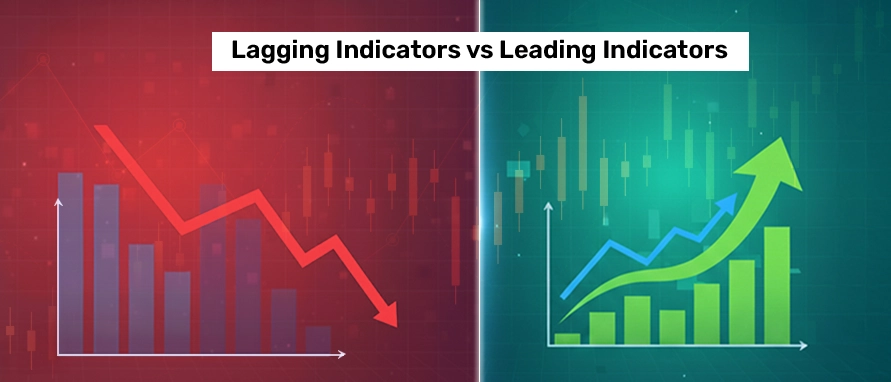
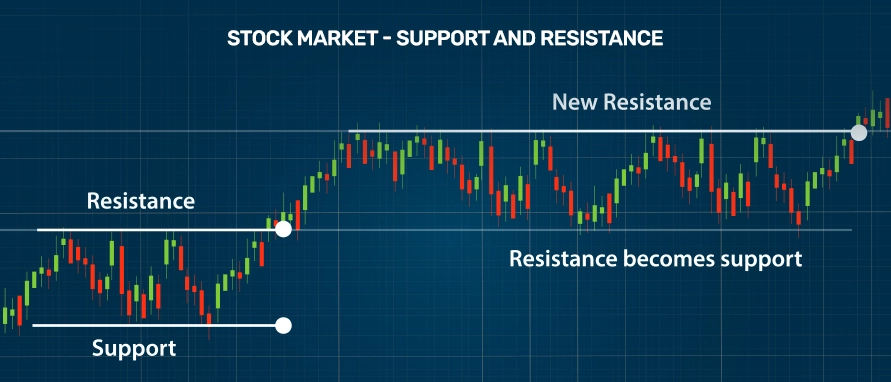
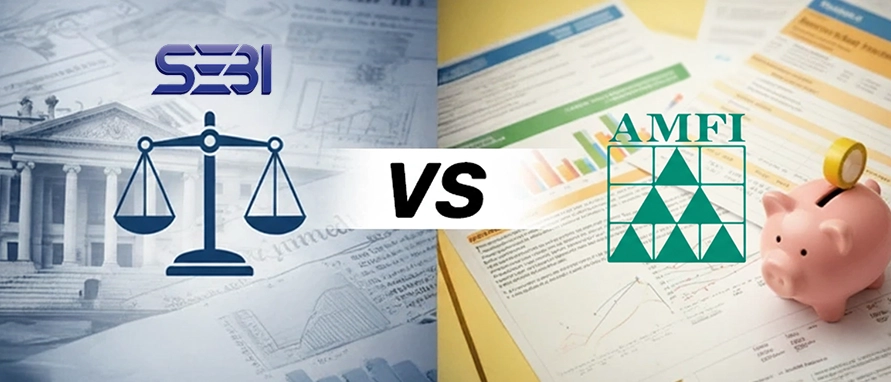






.webp)

.webp)
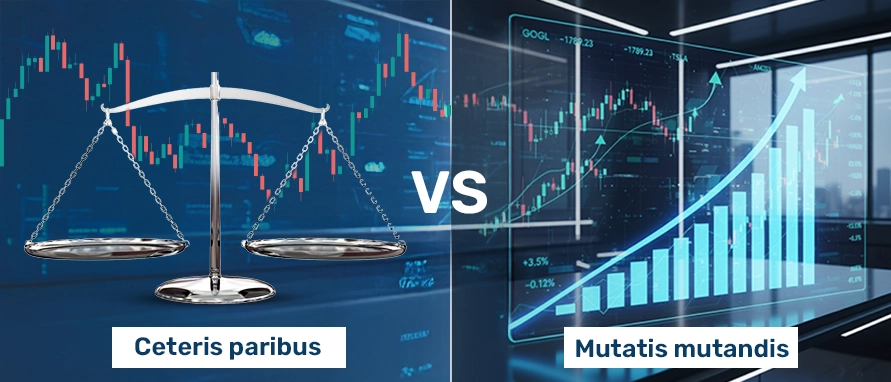




































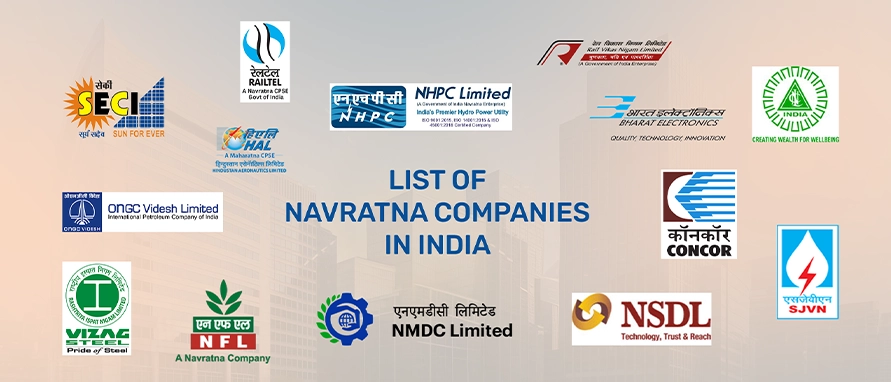






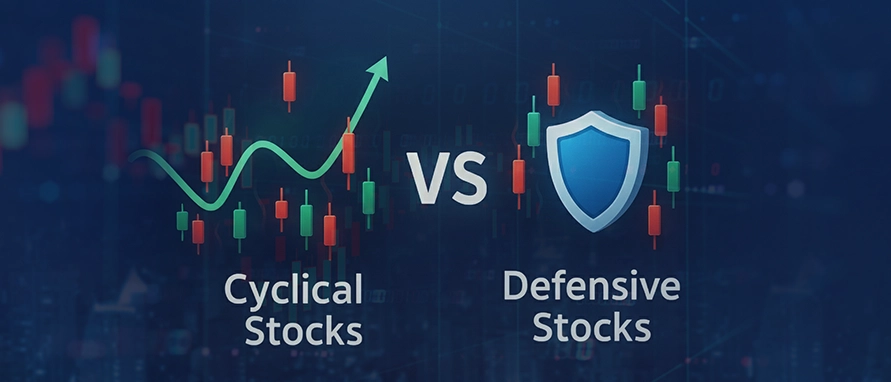






















.webp)



.webp)











.webp)




.webp)































